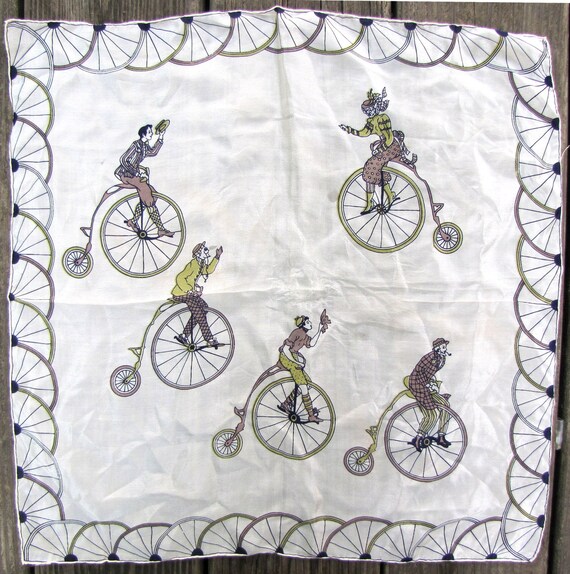The other morning I was off work on vacation and we went out to milk the cows a little later than normal. (Yes, cows don't care when I'm on vacation! They still need to be milked.) I noticed that we had a pretty good frost on the ground from the night-time cooling. The sun had already melted a lot of it, but you can see in the picture below that where the long morning shadows still occupied the ground, the frost was hanging on for dear life against the rays of the rising sun that had already turned the white ground back to greenish-brown.
 |
| I'm melting, I'm melting... |
Milk cows are a somewhat different story. They can withstand the cold and they can withstand being wet, but both conditions together cause problems. It is best to have a wind break for them and a place to stay dry. They also need plenty of hay and feed to replenish the calories they are burning in trying to stay warm and produce milk.
 |
| Frost on the chicken tractor roof |
I love this picture. It is a piece of wood that broke off of a homemade chicken feeding trough I made. It had a screw sticking out of it and I didn't want the animals (or us) stepping on it, so I threw it on top of the chicken tractor. The ice crystals from the frost made unique designs on top of it. It's weird the way that works!
Here's some more ice crystals on a piece of tin on top of the tractor. It is only December. Normally January and February are pretty cold months for us. Thankfully we've got plenty of firewood cut and ready to burn.
I only need to remember the heat and humidity of July and August to make me appreciate the chilly days of our mild winter. I'll take our cold weather over the hot any old day.















































